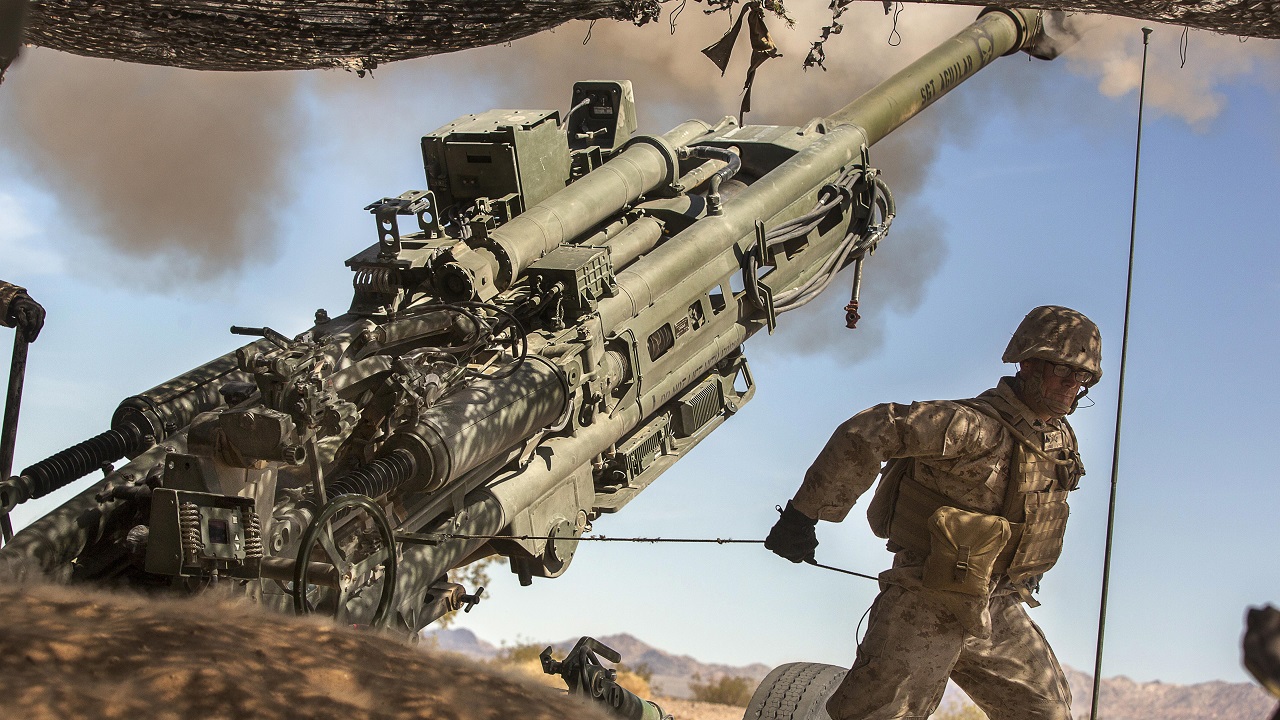The war in Ukraine continues for its 293rd day. The Russian forces on the ground are adjusting the Kremlin’s objectives of securing the Donbas while the Ukrainian military is waiting for the ground to freeze before continuing on with its counter-offensive.
Russian forces continue to target Ukrainian cities and critical infrastructure with ballistic and cruise missiles, plunging much of Ukraine into the dark.
Right now, it’s a race between the Ukrainian repair crews that are working to reestablish power and the Russian missile arsenal that is depleting fast.
The Russian Casualties: Update in Ukraine War
Overall, the Ukrainian Ministry of Defense claimed that as of Tuesday, Ukrainian forces have killed approximately 95,260 Russian troops (and wounded approximately twice to thrice that number), destroyed 281 fighter, attack, bomber, and transport jets, 264 attack and transport helicopters, 2,966 tanks, 1,931 artillery pieces, 5,930 armored personnel carriers and infantry fighting vehicles, 404 Multiple Launch Rocket Systems (MLRS), 16 boats and cutters, 4,549 vehicles and fuel tanks, 211 anti-aircraft batteries, 1,617 tactical unmanned aerial systems, 169 special equipment platforms, such as bridging vehicles, and four mobile Iskander ballistic missile systems, and 592 cruise missiles shot down by the Ukrainian air defenses.
The Russian Objective
Last week, the Russian leadership gave some insight into Moscow’s objectives in Ukraine.
Russian President Vladimir Putin and Kremlin spokesperson Dmitry Peskov stated that the Russian military’s main objective is the “protection” of the people of the Donbas.
Of course, the Russian leadership assumes that all the people of the Donbas, which is comprised of the Luhansk and Donetsk provinces, require protection. To be sure, there is a pro-Russian minority that seeks to secede from Ukraine and join Russia. But the vast majority of Ukrainians in the Donbas want to remain with Kyiv.
The British Military Intelligence assessed that Moscow’s minimal objectives on the ground haven’t really changed since the invasion began on February 24.
“Russia is likely still aiming to extend control over all of Donetsk, Luhansk, Zaporizhzhia, and Kherson Oblasts. Russian military planners likely still aim to prioritise advancing deeper into Donetsk Oblast,” the British Military Intelligence assessed in a recent estimate of the war.
Peskov acknowledged that there is still much work to be done, indirectly admitting the shortcomings of the Russian military on the ground.
“However, Russia’s strategy is currently unlikely to achieve its objectives: it is highly unlikely that the Russian military is currently able to generate an effective striking force capable of retaking these areas. Russian ground forces are unlikely to make operationally significant advances within the next several months,” the British Military Intelligence added.
Since April, when the Russian forces started withdrawing from the area around Kyiv after failing to capture the Ukrainian capital at the start of the war, the Ukrainian military has liberated more than half of the maximum amount of territory the Russian forces captured since the start of the invasion.
Right now, the Russian forces control about 18 percent of Ukraine, including the Crimean peninsula and the pro-Russian portions of the Luhansk and Donetsk provinces in the Donbas.
Expert Biography: A 19FortyFive Defense and National Security Columnist, Stavros Atlamazoglou is a seasoned defense journalist specializing in special operations, a Hellenic Army veteran (national service with the 575th Marine Battalion and Army HQ), and a Johns Hopkins University graduate. His work has been featured in Business Insider, Sandboxx, and SOFREP.

